The Junk: Illegal Taiwanese fishing boat that became Mackay’s tourist info centre
The unlikely tale of a Taiwanese clam fishing boat, that became a Queensland town’s tourism headquarters with links to the Whiskey Au Go Go nightclub, has been revisited. HISTORY, PHOTOS.
Mackay
Don't miss out on the headlines from Mackay. Followed categories will be added to My News.
As Taiwan celebrated its national day this week (October 10), the unlikely story of ‘The Junk’ was remembered for its unique chapter in Mackay’s history.
If those responsible for the unusual sight included Taiwanese clam fishermen poaching the Great Barrier Reef and a notorious entertainment impresario who died in his own nightclub, where did it come from and where did it go?
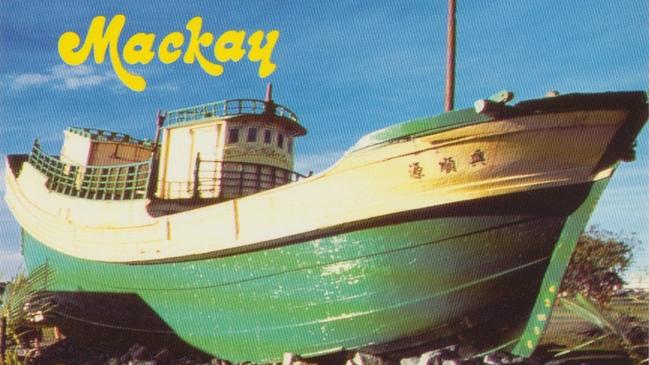
Giant clams, a popular seafood delicacy, had driven scores of Taiwanese fishing junks into Australian waters to be confiscated and burnt throughout the 1970s.
Mackay historian Glen Hall said The Junk’s “captain and (17-man) crew (were) sent back to Taiwan, because they were illegally poaching clams on the Great Barrier Reef”.
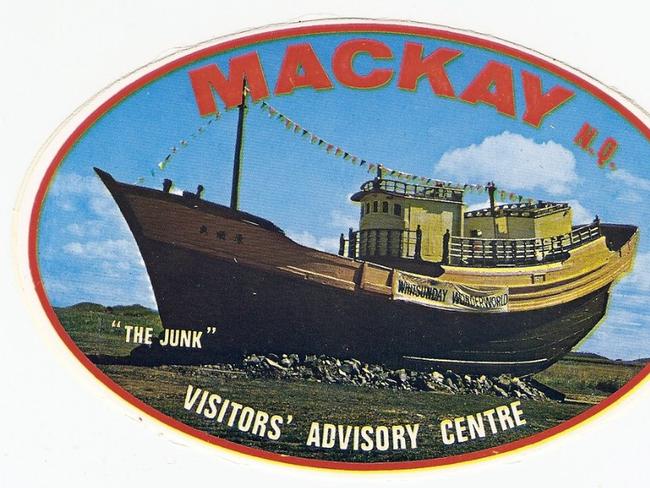
“What happened was, the tourism council was back then called the Whitsunday Wonderworld Travel Council”, Mr Hall said.
“(They) bought The Junk from the City Council and moved it to the site at the City Gates.
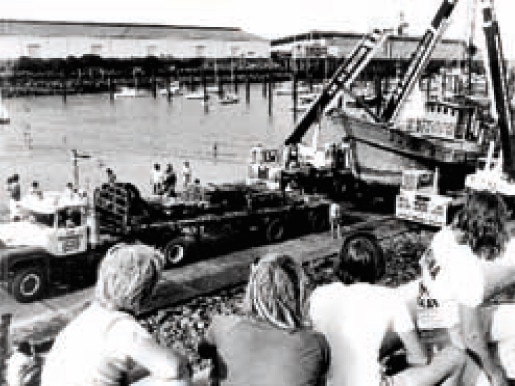
“Then it was renovated in 1985 to become a tourist information centre.”
The City Gates refers to what is now the Colin Story Rotary Park on Nebo Road near the BP at the intersection of the Bruce and Peak Downs Highways.
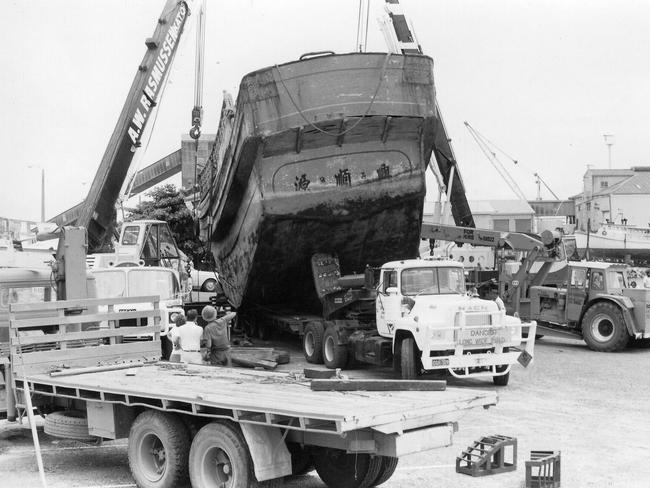
Purchased for the princely sum of $10, the Shin Hsun Yuan no. 3 (translated as Souls of Wealth and Prosperity) was lifted from harbour and trucked across town on an unknown date in either 1976 or 1977.
The vice-Chairman of Mackay Tourism Council in 1981, Ian Morris, said an infamous publican was “the brains behind” The Junk being moved.
“The chairman (of Whitsunday Wonderland) at that stage was John Hannay, who was a bit of an entrepreneur in Mackay”, he said.
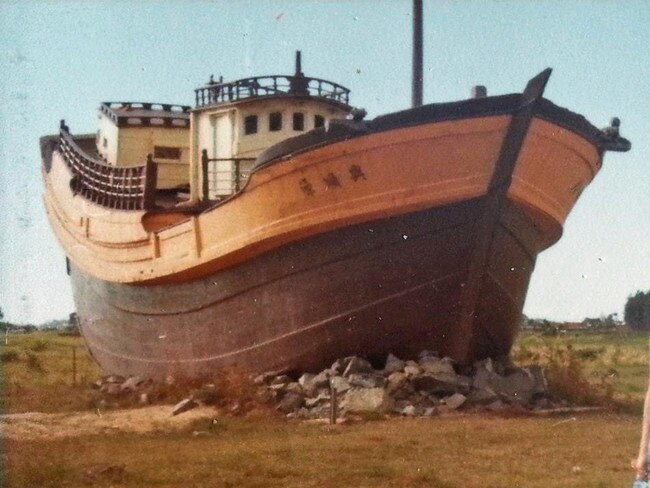
Mr Hannay was a rogue businessman with many dealings in Mackay, also known for being the manager of Brisbane bar Whiskey-Au-Go-Go just before its infamous firebombing.
“He owned the Oriental Hotel, he owned the Eungella Chalet, he owned the Bayersville Zoo at one stage”, Mr Morris said.
“He had a boat at Shute Harbour called ‘The Happy Hooker’.
“A bit of a scallywag, but he was an entrepreneur.”
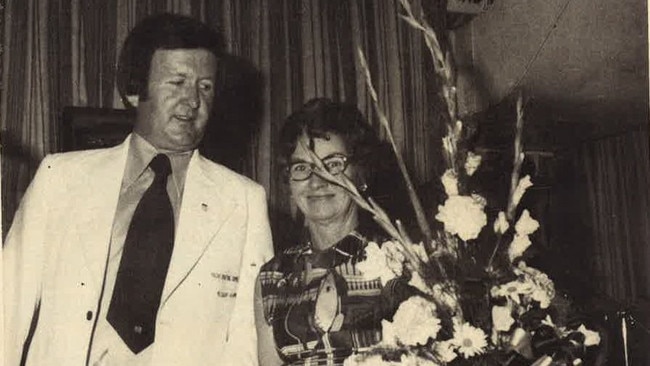
Hannay passed away in 2019 while allegedly at his Fortitude Valley gay club The Beat, so The Junk was just one small way he helped shape the face of Queensland.
According to Mr Hall, The Junk was just an unusual landmark, like the Big Pineapple, until it was renovated into an office for Whitsunday Wonderland in 1985.
“The inside of it was gutted and turned into an office and a storeroom,” Mr Morris said.
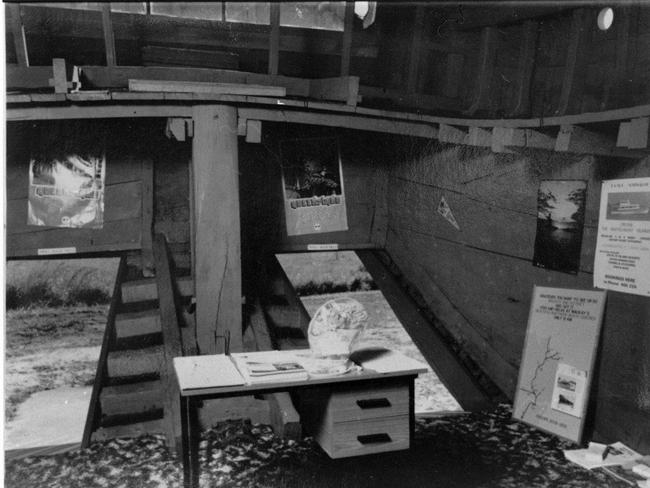
“People coming up the highway would see The Junk as they approached Mackay.
“So they would come in and get information about the tourist attractions in the area from the staff in The Junk.
“It was a great attraction.”
The Junk welcomed people to the region for about 13 years as a landmark, an info centre, and even a short-lived maritime museum.
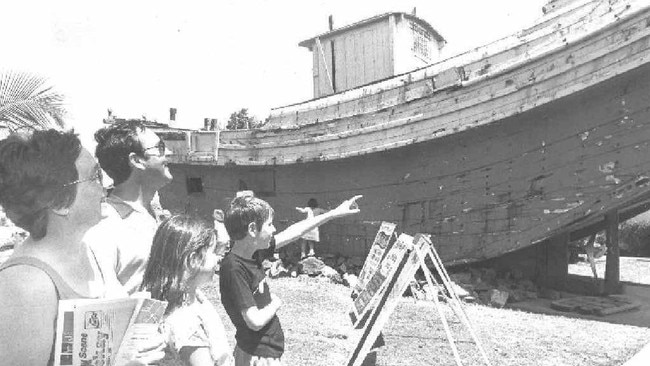
An undated article collected by Mr Hall said the members of the Maritime archaeological Association of Mackay spent “more than 600 man-hours” restoring the ship.
The Daily Mercury reported in 1990 that Tourism Mackay had put The Junk up for sale as they redeveloped the city entrance with “a scaled-down reproduction of Richmond Sugar Mill”.
The article quoted Tourism Mackay manager Vaughan Prasser as saying The Junk was worth hundreds of thousands “in a promotional sense”, but “structurally, there would be some who would say it was worth nothing”.
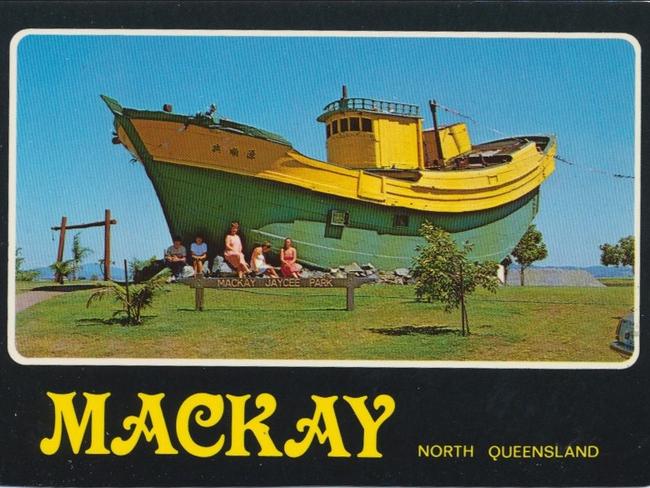
The decision to demolish was probably helped along by various reports of the former clam ship’s worsening “musty smell”.
“It always had an odour to it, but the odour became very, very bad”, Mr Morris said.
According to the Daily Mercury, The Junk was sold to Rockhampton-based recycled furniture makers Settlers Heritage on April 24, 1990, for an undisclosed four-figure amount.
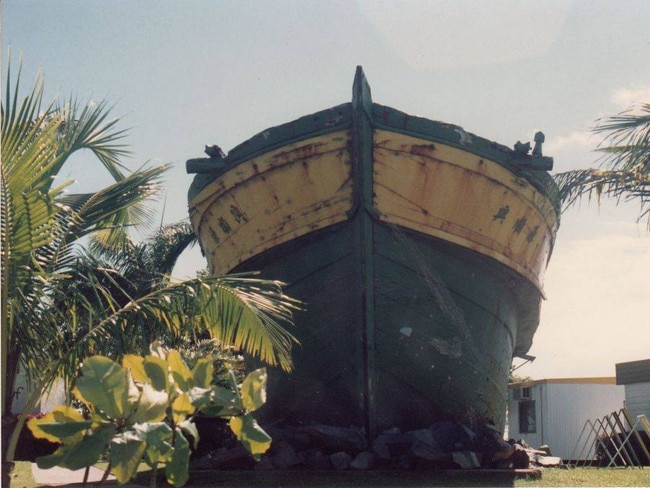
While the timbers of The Junk were largely divvied up into commercial use, photographer Marty Strecker recalls being a teenager when his carpenter dad, Lothar “Slim” Strecker, salvaged enough for something special.
“We made a boardroom table and some trophies (for tourism awards), a few bits and pieces”, Mr Strecker said.
“I might have a stick or two of it leftover somewhere.
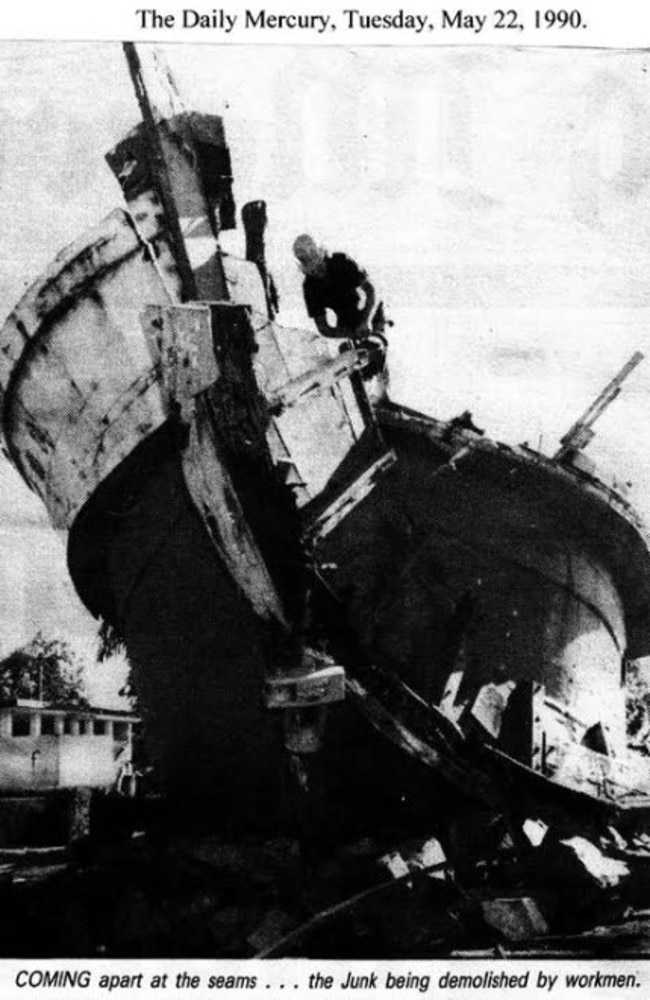
“Years ago, (the table) was still upstairs in the boardroom (of) the information centre in the replica Richmond Mill.
“We had a design of The Junk etched into the top of it.”
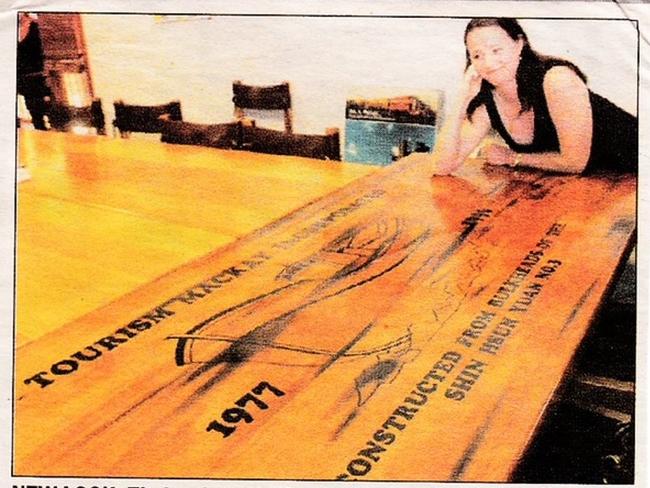
Growing up with his dad’s workshop next door to the tourist office, Mr Strecker remembers when “down south gets cold, next minute, all you see is caravans driving past every day”.
All of which would have associated the Sugar City with a Taiwanese fishing boat confiscated just a year after the death of Chiang Kai-shek.
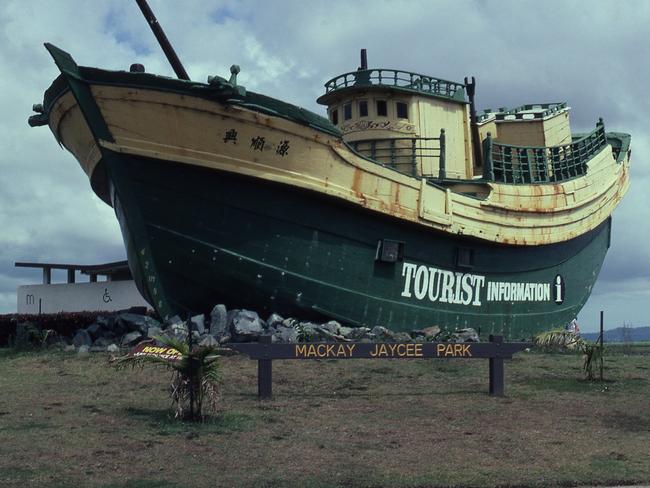
“It’s just a unique part of history,” Mr Strecker said.
“Maybe that was the thought process at the time to have something iconic sitting there.
“It was a little bit like the Big Banana or the Big Pineapple and, you know, we had The Big Junk.”




